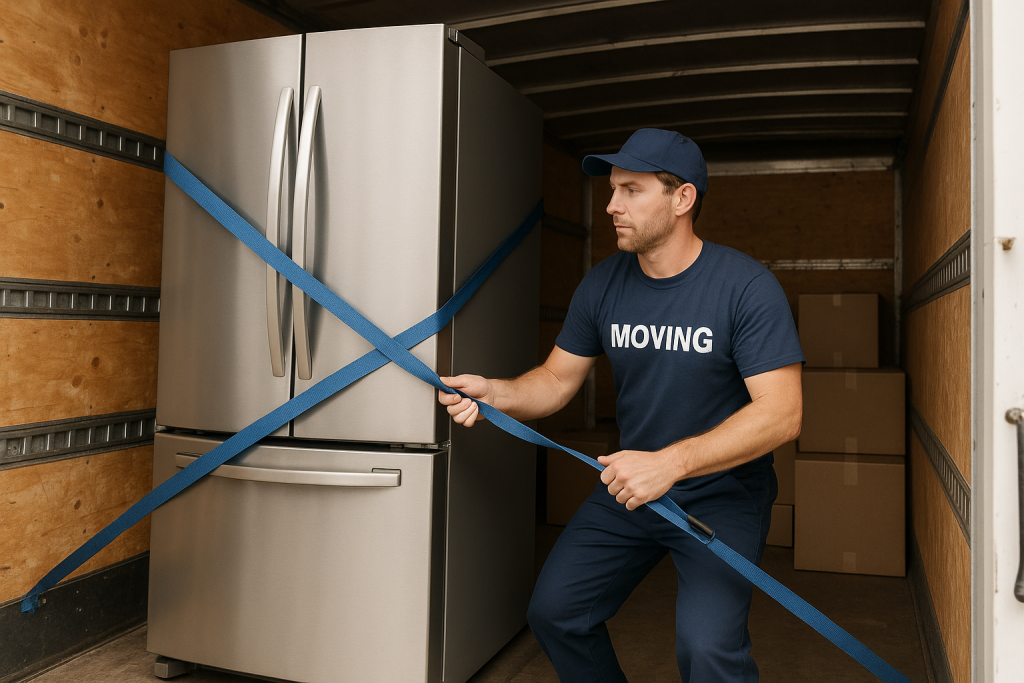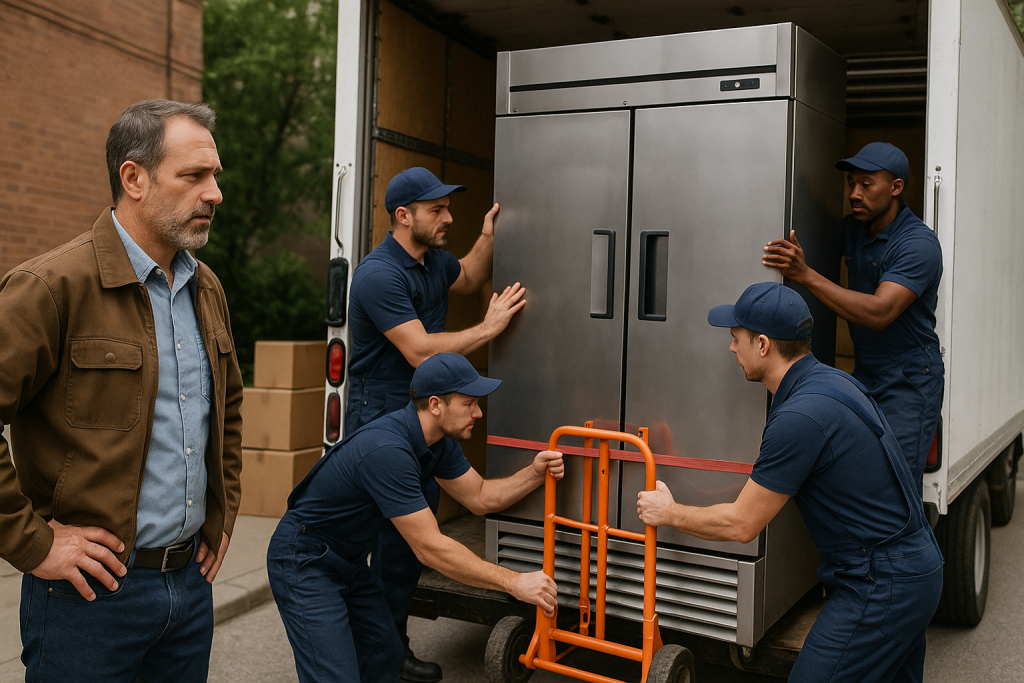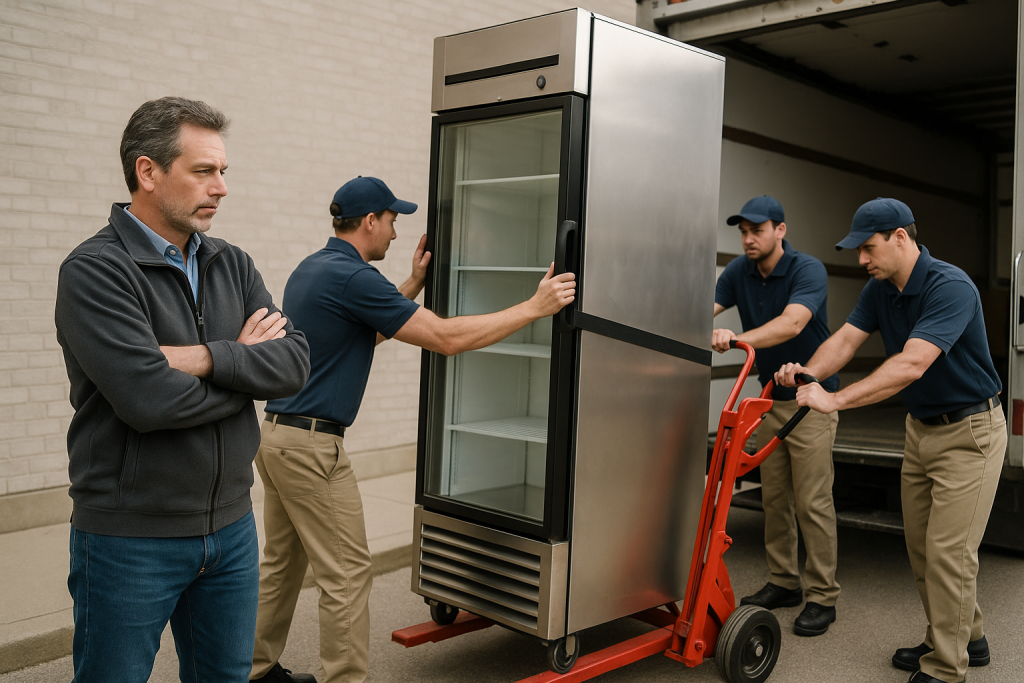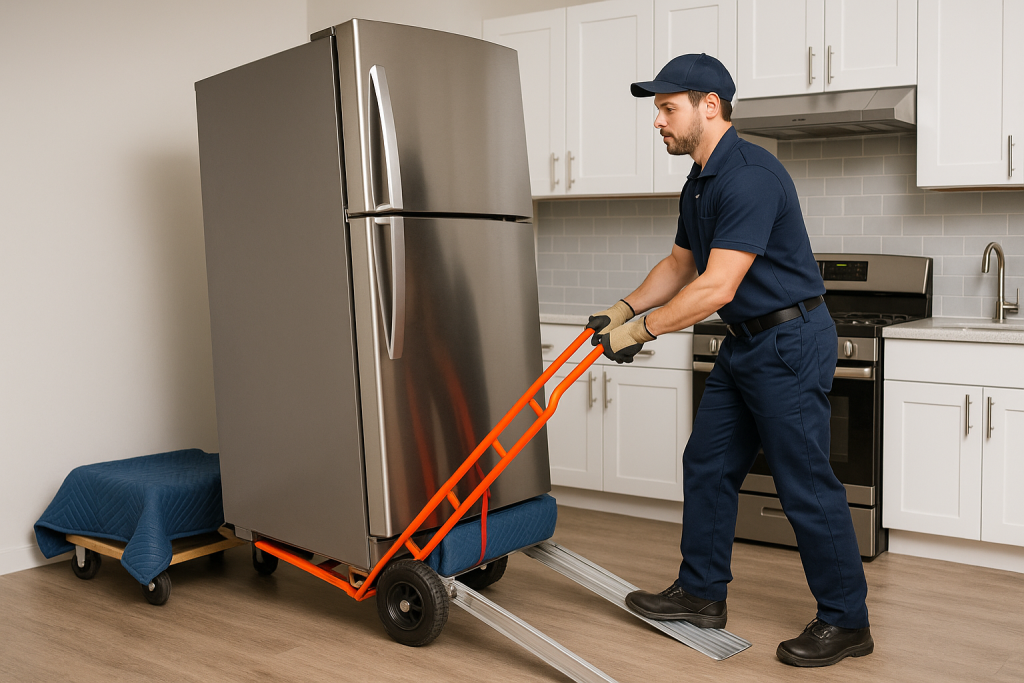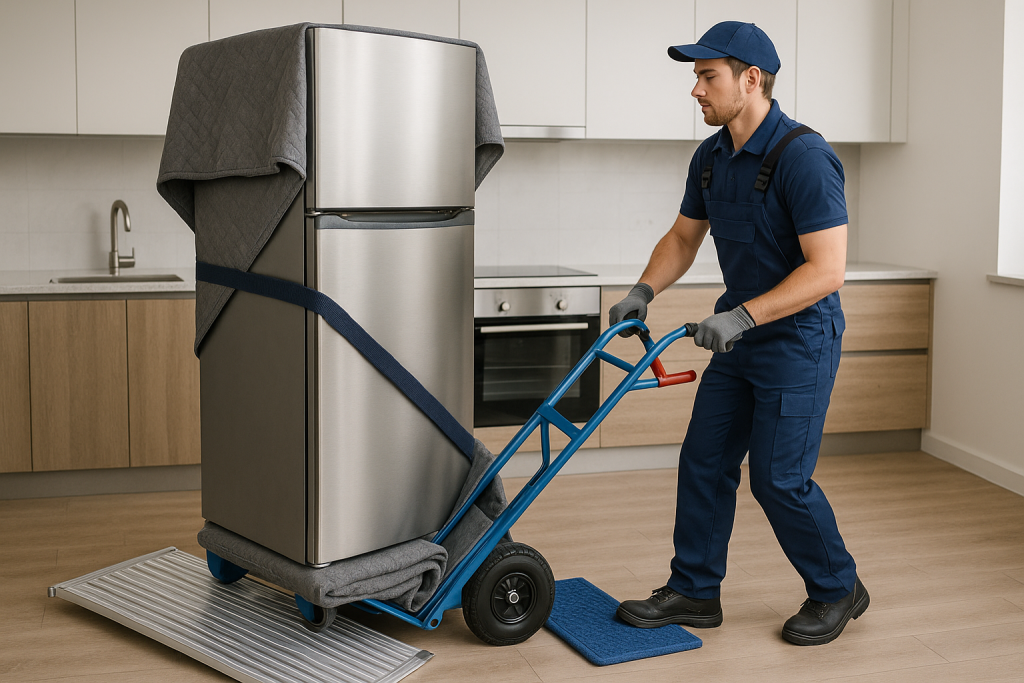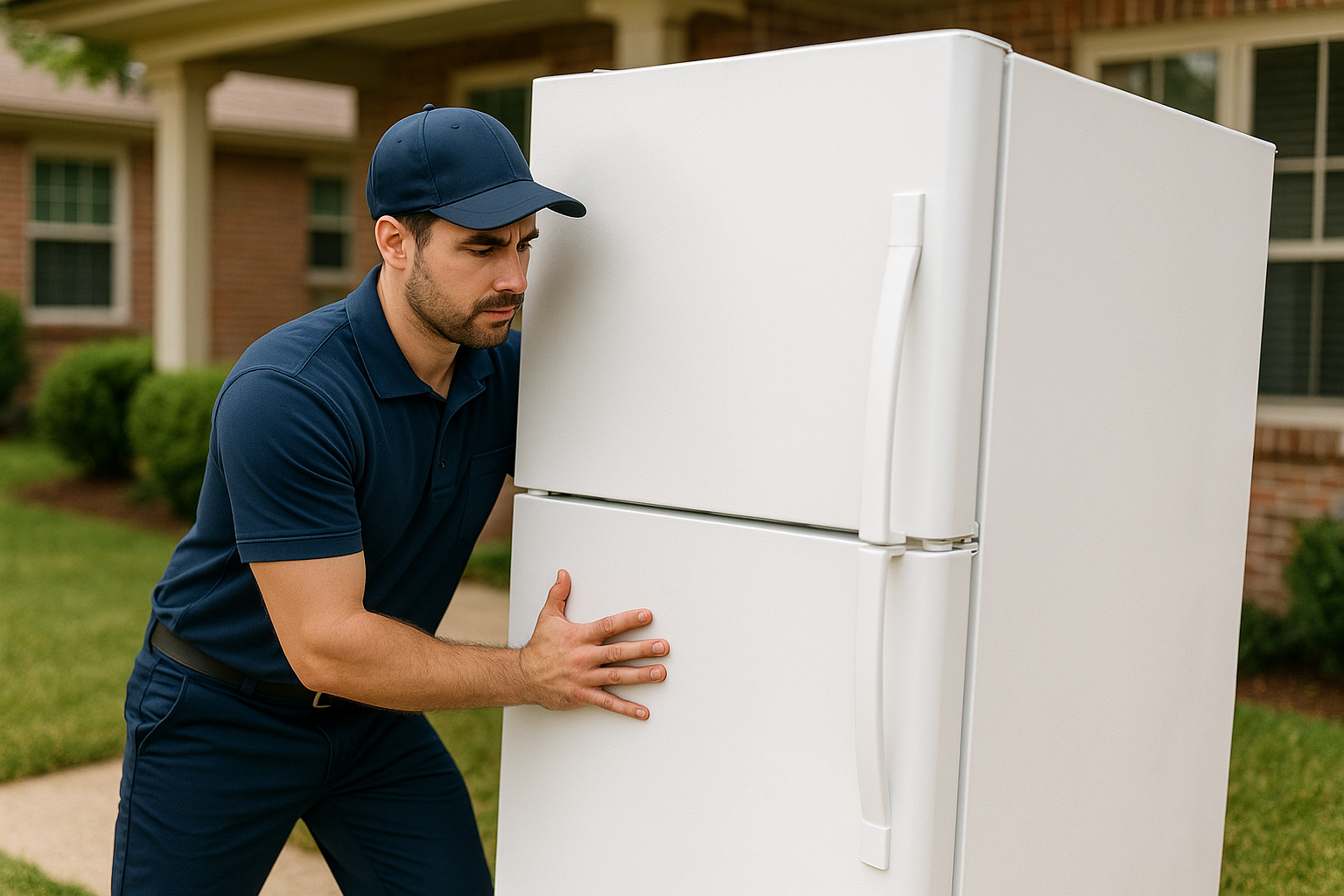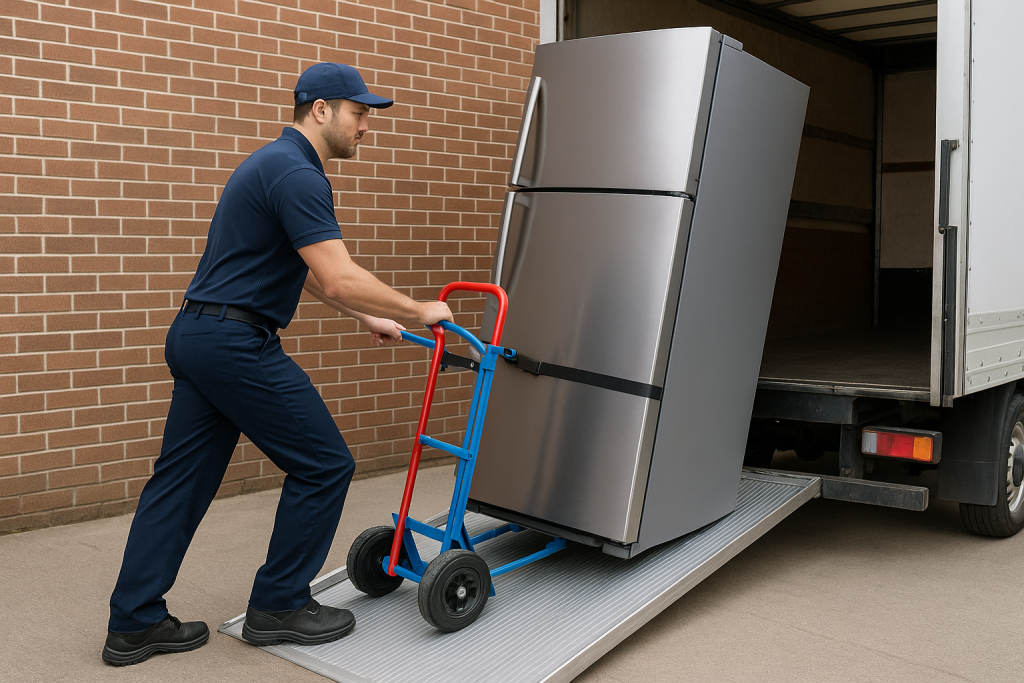Sunshine Awaits: Your Complete Guide to Moving from Ohio to Florida
Are you ready to leave the cold behind? Moving from Ohio to Florida is a popular choice for those seeking warmer weather, outdoor activities, and a more relaxed lifestyle. Each year, thousands of Ohio residents make this long-distance relocation. With careful planning and a trusted moving company, your move can be smooth, safe, and stress-free.
Why Moving from Ohio to Florida Is a Smart Choice
Florida attracts Ohio residents for several reasons:
- Warm climate year-round: No more snow and icy roads.
- No state income tax: Keep more of your paycheck.
- Outdoor lifestyle: Beaches, parks, and recreational activities are abundant.
- Affordable living: Many areas are cheaper than Ohio’s urban centers.
- Growing job opportunities: Healthcare, tourism, and technology sectors are thriving.
- Lifestyle upgrade: Florida offers a relaxed, outdoor-focused lifestyle.
Moving from Ohio to Florida isn’t just about changing your address—it’s about embracing a new way of life.
Step 1: Start Planning Early
Planning is the foundation of a successful trip from Ohio to Florida. Begin at least eight weeks in advance.
Here’s a step-by-step approach:
- Create a moving timeline That Includes Packing, scheduling movers, and travel.
- Set a budget That Includes moving costs, fuel, lodging, and any other unexpected expenses.
- Declutter your home: Sell, donate, or recycle items you no longer need.
- Hire a licensed moving company: Professional movers ensure safety and efficiency.
- Organize documents: Keep your IDs, medical records, and financial papers in a secure and accessible location.
Early preparation ensures nothing is overlooked and reduces stress.
Step 2: Finding the Right Moving Service

Selecting a reliable moving service is critical for a long-distance relocation.
Consider the following factors:
- Licensing and insurance: Ensure they are licensed and insured for interstate moves.
- Transparent pricing: Avoid hidden charges.
- Experience with Ohio-to-Florida moves: Knowledge of routes and handling procedures prevents delays.
- Customer reviews: Check feedback from previous clients.
- Extra services: Packing, storage, and vehicle transport can simplify your move.
Professional movers handle logistics efficiently, protect your belongings, and provide peace of mind.
Step 3: Packing Tips for a Smooth Move
Proper Packing makes your relocation faster, safer, and easier.
- Start with non-essential items first, such as seasonal clothing and décor.
- Use sturdy boxes, bubble wrap, and quality tape to protect fragile items.
- Label each box with the room and contents.
- Pack heavy items in small boxes and light items in larger boxes.
- Keep an essentials bag with clothing, toiletries, medication, and valuables for the first few days.
- Consider professional packing services from your moving company for added convenience and peace of mind.
Step 4: Understanding Moving Costs
The cost of moving from Ohio to Florida depends on the distance, the size of the home, and the services used.
Estimated ranges:
- 1-bedroom apartment: $2,500–$4,000
- 2-bedroom home: $3,800–$5,500
- 3+ bedrooms: $5,500–$7,500
Factors affecting costs:
- Season: Summer moves are often more expensive.
- Weight and volume of items: The more belongings you have, the higher the cost.
- Additional services Include Packing, storage, and handling of specialty items.
- Accessibility: Narrow streets or multi-story homes may add fees.
Comparing multiple quotes from moving companies helps you get the best value for your move.
Step 5: Travel and Logistics
Planning your trip from Ohio to Florida is essential.
- Decide whether to drive or fly. Driving is convenient for pets and vehicles.
- Map out stops for fuel, food, and rest.
- Arrange temporary accommodations if necessary.
- Ensure pets travel safely and comfortably.
- Track your shipment if your moving service provides real-time updates.
Effective travel planning reduces stress and ensures a smoother relocation process.
Step 6: Settling into Your Florida Home
Once your belongings arrive, it’s time to enjoy Florida:
- Sunny weather and mild winters
- Outdoor activities: Beaches, hiking, boating, and biking
- Welcoming communities
- Local culture and cuisine
- Lower taxes and affordable living
Florida offers neighborhoods and cities that cater to families, retirees, and professionals alike. Popular areas include Tampa, Orlando, Miami, and Sarasota.
Quick Moving Checklist
- Book a licensed moving company
- Confirm moving dates and delivery schedules
- Update your address with USPS, banks, and subscriptions
- Transfer utilities, insurance, and internet services
- Pack valuables and essentials separately
- Keep an inventory of all items
Using a checklist keeps your move organized and reduces stress.
FAQs About Moving from Ohio to Florida
1. How long does a move from Ohio to Florida take?
Delivery typically takes 3–7 days, depending on the distance and scheduling.
2. When is the best time to move?
Spring and fall offer mild weather and lower moving costs.
3. Should I hire professional movers?
Yes. Professional movers handle Packing, transport, and unloading efficiently.
4. How can I save money on my move?
Move off-season, declutter before Packing, and compare multiple quotes.
5. Do moving services offer storage?
Yes. Many moving services provide short-term and long-term storage options.

Moving from Ohio to Florida is more than relocating—it’s a chance for a fresh start. With careful planning, a trusted moving company, and a detailed checklist, your long-distance move can be safe, smooth, and affordable.
Start planning today and prepare to enjoy sunny skies, palm trees, and all the opportunities Florida has to offer.
Your hassle-free move begins with Buzzmoving. Find top movers anywhere in the country and get your free quote.



